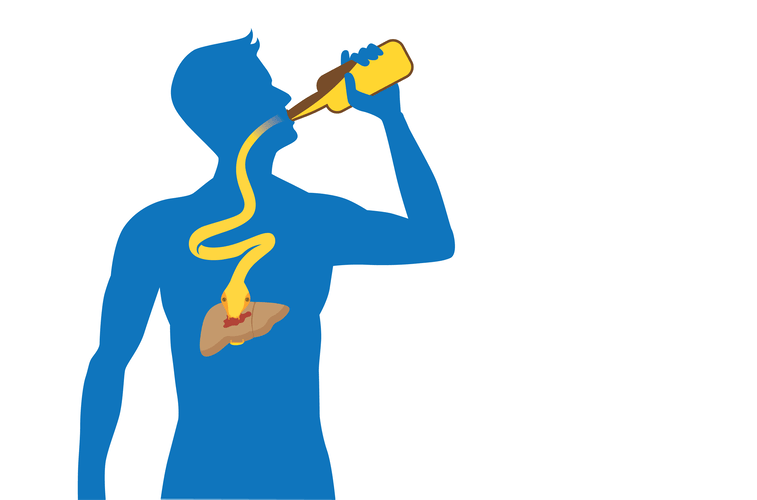Alcohol use disorder develops when you drink so much that chemical changes in the brain occur. These changes increase the pleasurable feelings you get when you drink alcohol. This makes you want to drink more often, even if it causes harm. Some people may drink alcohol to the point that it causes problems, but they’re not physically dependent on alcohol. Once you have interviewed the providers you found, how do you choose?
- These advances could optimize how treatment decisions are made in the future.
- It can be a good choice for people seeking around-the-clock support during withdrawal and those with co-occurring mental health conditions.
- How can you tell if something more serious is going on with your mental health?
- Consider talking with someone who has had a problem with drinking but has stopped.
- When asked how alcohol problems are treated, people commonly think of 12-step programs or 28-day inpatient rehab but may have difficulty naming other options.
Treatment for Alcohol Addiction

Residential treatment programs typically include licensed alcohol and drug counselors, social workers, nurses, doctors, and others with expertise and experience in treating alcohol use disorder. Despite effective interventions for treating substance use disorders, including medications and behavioral therapies, adoption of these practices remains low and demand exceeds treatment capacity. In 2022, nearly 49 million people in the U.S. had at https://www.mix-cite.org/addiction-a-la-pornographie/ least one substance use disorder, though only around a quarter (13 million people) received treatment in the past year. More than 9 million adults needed treatment for opioid use disorder in 2022, but fewer than half (around 46%) received any form of treatment, and only 25% received medications for opioid use disorder. Many people with alcohol use disorder hesitate to get treatment because they don’t recognize that they have a problem.
About Mayo Clinic

Figuring out your insurance coverage and benefits for substance abuse treatment can be challenging. Our experienced staff is skilled at working with all types of insurance plans and companies and can guide you in accessing the maximum benefits available. You have the motivation to get sober, but you can’t step away from http://dumso.ru/news/dumso-i-rodnik-gotovyatsya-k-festivalyu-blago-daryu.html responsibilities in order to go to an inpatient treatment program. Outpatient treatment programs could be the ideal option for you—depending, also, on the severity of your substance use challenges. Many people with mild AUD can reduce their drinking with the help of family, friends, or other nonmedical supports.

Recovery Coaching
But as you continue to drink, you become drowsy and have less control over your actions. Please contact your insurance company to verify medical coverage and to obtain any needed authorization prior to your visit. Often, your insurer’s customer service number is printed on the back of your insurance card.
- If you want to take steps to get treatment for your AUD, make an appointment with your doctor.
- Drugs used for other conditions — like smoking, pain, or epilepsy — also may help with alcohol use disorder.
Research shows that most people who have alcohol problems are able to reduce their drinking or quit entirely. Below are samples of e-health tools https://lublusebya.ru/raznoe/lublu-34861-pochemu-nelzja-est-ostyvshee-mjaso developed with NIAAA funding. Each of these fee-based tools has a research base that shows its potential to help people cut down or quit drinking.
- Mindfulness-based skill-building strategies promote flexible, rather than autopilot, responses to triggers that can prompt drinking.
- Ultimately, receiving treatment can improve your chances of success.
- AUD can be mild (the presence of two to three symptoms), moderate (the presence of four to five symptoms), or severe (the presence of six or more symptoms).
- They may know that their alcohol use negatively affects their lives, but it’s often not enough to make them stop drinking.
- There is no one-size-fits-all solution, and often, understanding the different options can facilitate the choice.
- After work and school obligations are completed, many people are instantly locking onto their phone screen until the end of the day, and then repeating the pattern the next day.
- Your doctor may refer you to a counselor or other treatment program to help you learn those skills and coping strategies.

 ENG
ENG